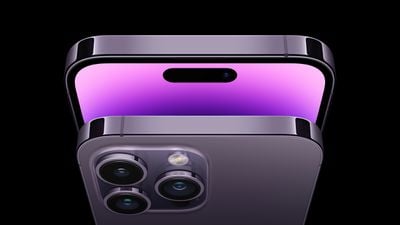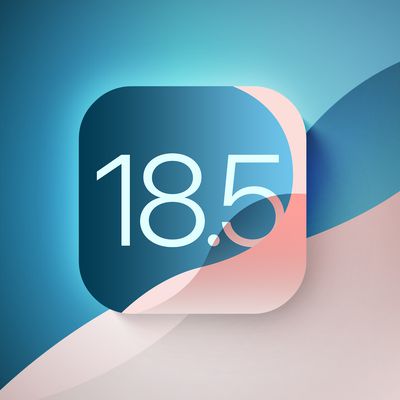The iPhone 14 Plus and iPhone 14 Pro Max are among Apple's newest iPhone models and follow 2021's iPhone 13 mini and iPhone 13 Pro Max. Now that Apple offers two iPhones with 6.7-inch displays, how different are the two models, and what exactly does a "Pro" device give you?

Last year, the biggest differences between the iPhone 13 and iPhone 13 Pro were ProMotion, 2GB of memory, three hours of battery life, and rear cameras with different apertures. With iPhone 14 Plus and iPhone 14 Pro Max, both devices share new features like Emergency SOS via satellite, Crash Detection, Action mode, 6GB of memory, Photonic Engine, and an upgraded 12-megapixel TrueDepth front camera with autofocus, but Apple's "Pro" and non-Pro iPhone models are more different than ever.
Our guide helps to answer the question of how to decide which of these two iPhone models is best for you, and serves as a way to clearly see what additional features and upgrades the iPhone 14 Pro Max brings to the table.
Key Differences
| iPhone 14 Plus | iPhone 14 Pro Max |
|---|---|
| Aerospace-grade aluminum design with glass back | Surgical-grade stainless steel design with frosted glass back |
| – | ProMotion with adaptive refresh rates up to 120Hz |
| – | Always-on display |
| 800 nits max brightness (typical) | 1,000 nits max brightness (typical) |
| 1,200 nits peak brightness (HDR) | 1,600 nits peak brightness (HDR) and 2,000 nits peak brightness (outdoor) |
| "Notch" TrueDepth camera array | TrueDepth camera array with Dynamic Island |
| A15 Bionic chip | A16 Bionic chip |
| "Advanced" dual-camera system | "Pro" camera system |
| 2x optical zoom range (2x optical zoom out, digital zoom up to 5x) | 6x optical zoom range (3x optical zoom in, 2x optical zoom out, digital zoom up to 15x) |
| 12-megapixel Main camera with ƒ/1.5 aperture | 48-megapixel Main camera with ƒ/1.78 aperture |
| 12-megapixel Ultra Wide camera with ƒ/2.4 aperture | 12-megapixel Ultra Wide camera with ƒ/2.2 aperture |
| – | 12-megapixel Telephoto camera with ƒ/2.8 aperture |
| Sensor-shift optical image stabilization | Second-generation sensor-shift optical image stabilization |
| True Tone flash | Adaptive True Tone flash |
| – | LiDAR scanner |
| – | Night mode portraits |
| – | Macro photography |
| – | Apple ProRAW |
| – | ProRes video recording up to 4K at 30 fps (1080p at 30 fps for 128GB capacity) |
| – | Macro video recording, including slo‑mo and time‑lapse |
| 160.8mm height | 160.7mm height |
| 77.6mm width | 78.1mm width |
| 7.80mm thickness | 7.85mm thickness |
| Weight of 203 grams | Weight of 240 grams |
| 26-hour battery life (during video playback) | 29-hour battery life (during video playback) |
| 128GB, 256GB, and 512GB storage options | 128GB, 256GB, 512GB, and 1TB storage options |
| Available in Blue, Purple, Midnight, Starlight, and PRODUCT(RED) | Available in Deep Purple, Space Black, Silver, and Gold |
| Starts at $899 | Starts at $1,099 |
Final Thoughts
The iPhone 14 Pro Max offers a large number of upgrades over the iPhone 14 Plus. With just $200 difference to obtain a brighter display with ProMotion and always-on functionality, the Dynamic Island, the A16 Bionic chip, and a radically different rear camera set up, not to mention longer battery life and a more premium design, many customers will be able to justify getting the iPhone 14 Pro Max over the iPhone 14 Plus. Due to the scale and breadth of the iPhone 14 Pro Max's improvements and features, customers should actively choose the high-end model in most cases.
It will only be worth getting the iPhone 14 Plus over the iPhone 14 Pro Max if you want a lighter device, do not care for the "Pro" rear camera setup or features like ProMotion and the always-on display, or cannot afford the $200 to upgrade to the high-end model. In this instance, you will still benefit from shared features like Emergency SOS via satellite. The iPhone 14 Plus is still a very well-rounded device, especially for customers coming from a much older model that want a larger screen size.






















